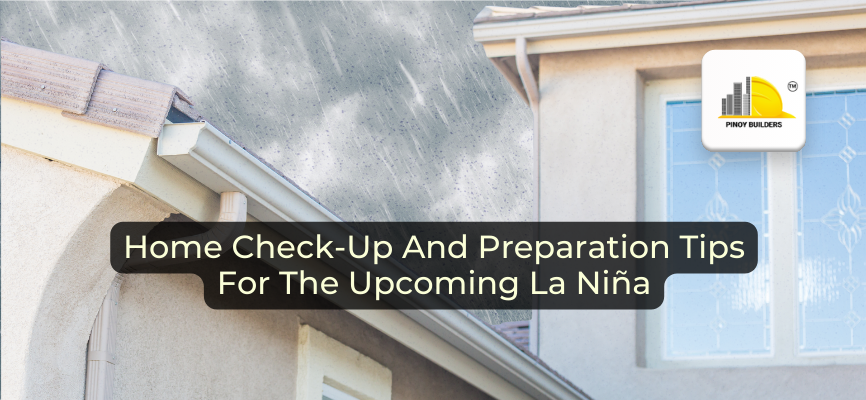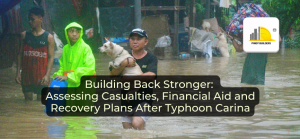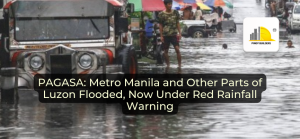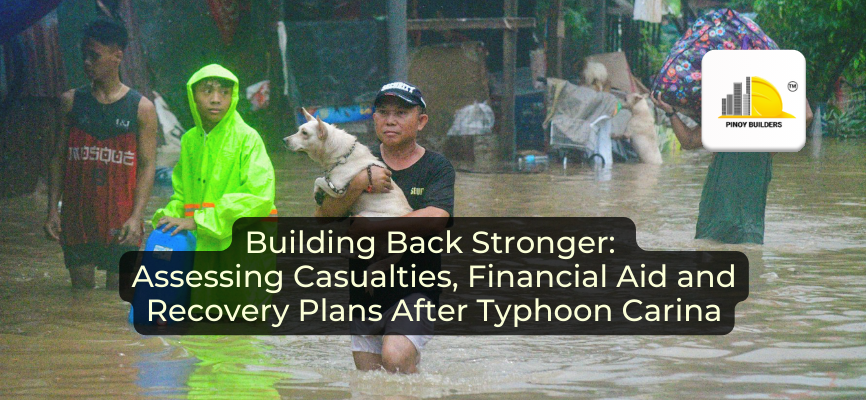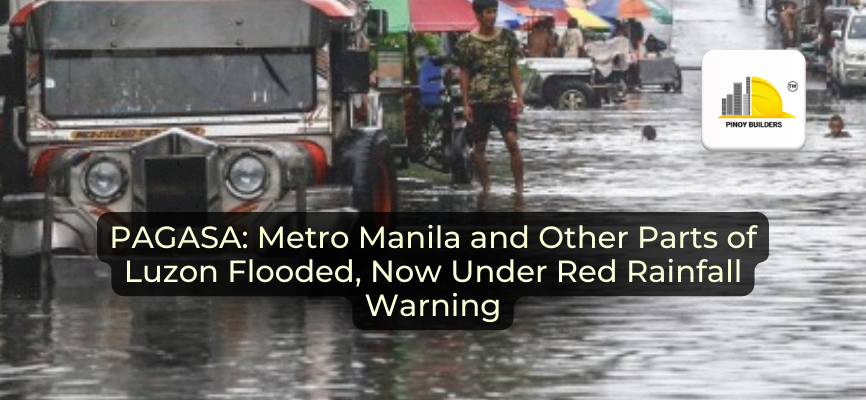In March, PAGASA issued a La Niña Watch under the El Niño Southern Oscillation (ENSO) Alert and Warning System due to the possibility that the cool phase of ENSO may begin earlier this year, around the June-July-August (JJA) season. As the final week of May comes to a close, much of the entire country is preparing for the official start of the local rainy season.
Preparing your home for the rainy season is common in the Philippines. The country is one of the closest to the equator, therefore rainfall is really more common due to intense heat and large-scale evaporation rate. Many Filipino property owners take it upon themselves to conduct a thorough check-up of their homes to ensure that it can withstand the upcoming surge of rain and storm.
Preparing for La Niña involves more than just waterproofing your home. In this article, we will share safety tips on home check-ups to help you get ready for the upcoming La Niña season.
Home Check-Up And Preparation Tips For The Upcoming La Niña
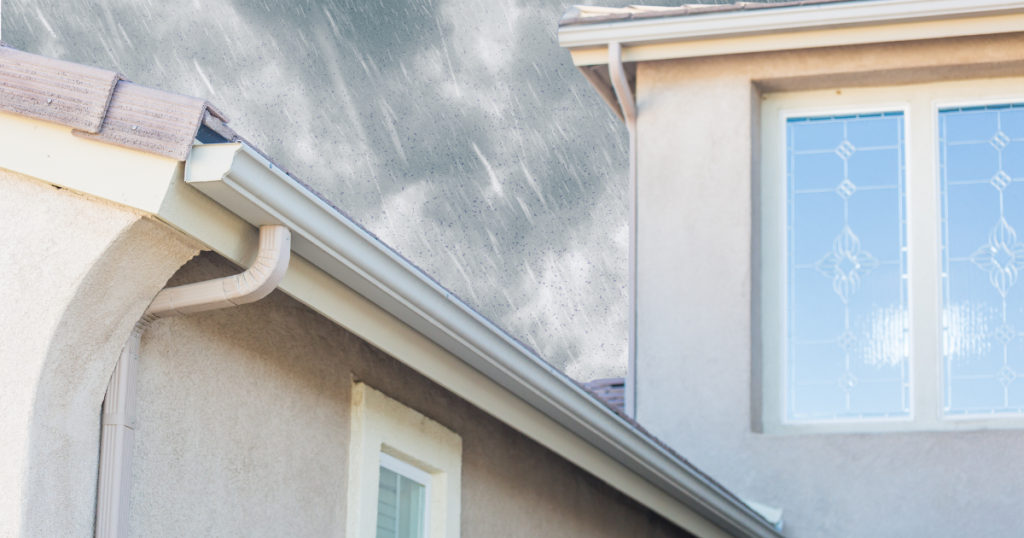
La Niña is a climate pattern that occurs in the Pacific Ocean—where the Philippines is located on its east side. It is characterized by the cooling of the ocean surface temperatures in the central and eastern part of the Pacific Ocean. This shift impacts global weather patterns that can lead to increased rainfall and cooler temperatures. Many consider La Niña as the opposite of El Niño which increases sea surface temperatures and decreases rainfall, and commonly causes drought.
Safety Measures at Home in Preparation of La Niña
Preparing for the La Niña season helps better protect your home and your family from the impacts of potential extreme weather events. Taking proactive measures helps reduce the risk of damage to your property, and of course, ensures the safety of your family. Below are some of the most essential ways to keep your home safe during La Niña.
1. Inspect and Repair the Roof
Your home’s roof is one of your first defenses against inclement weather. Check for leaks, broken shingles, and any other damage that could worsen with heavy rainfall. Make sure to repair any issues before storm warnings to prevent water infiltration. Checking and cleaning the gutters will also improve water drainage.
2. Inspect Electrical Systems
Have a qualified electrician check your home’s electrical systems to ensure they are safe and up to code. You can also choose to install surge protectors to prevent your electronics from damage due to power surges caused by storms. Familiarizing yourself and your family members on how to turn off the gas, water, and electricity is also essential during power outages.
3. Trim Trees and Shrubs near your Home
Falling trees and branches that happen during heavy storms can cause damage to your property or even injure you or your family. Cut back any overhanging branches or dead trees that could fall and cause damage during storms.
4. Check or Install Seals, Weather Stripping, and Storm Shutters
Ensure that all windows and doors are properly sealed to prevent water from entering your home. If you live in an area that is prone to severe weather, consider installing storm shutters for added protection.
5. Use Sandbags and Flood Barriers
If you live in low-lying areas, make sure to have sandbags or flood barriers ready to protect the entrances of your home. This will prevent water from entering your home or causing electrical appliances to become faulty and cause serious injury or even death.
Government Initiatives and Support
The Philippine Atmospheric, Geophysical, and Astronomical Services Administration (PAGASA) plays a crucial role in monitoring and providing updates on weather conditions such as the transition to La Niña. PAGASA utilizes advanced meteorological tools and satellite technology to track weather patterns and issue timely alerts to the public. These updates are essential for ensuring that communities are informed and can take necessary precautions ahead of adverse weather conditions.
Staying informed through official channels such as PAGASA’s website, social media accounts, and local news broadcasts is vital for receiving accurate and timely information.
Infrastructure Improvements
To mitigate flood risks and enhance resilience to heavy rains, the government has been investing in significant infrastructure improvements. Ongoing projects focus on improving drainage systems and constructing flood control measures across vulnerable areas. These projects include:
- Pampanga Integrated Disaster and Risk Resiliency Project
- Bulacan Angat Water Transmission Project
- Climate Change Mitigation and Adaptation Projects
- Philippines Space Agency (PSA)
Staying Dry and Safe During La Niña
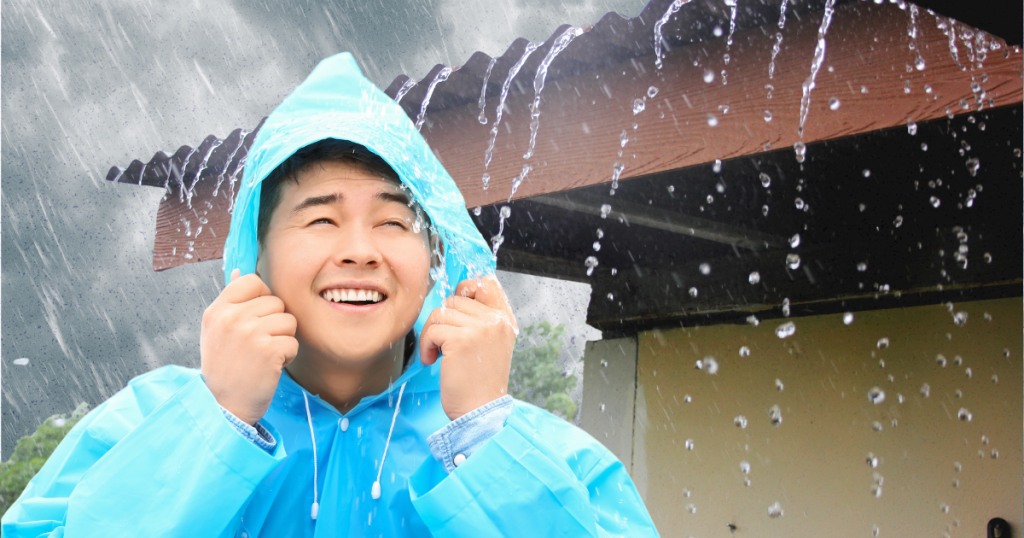
The government aims to protect lives and property from the adverse effects of La Niña by leveraging early warning systems, disaster preparedness programs, and robust infrastructure improvements. Public cooperation and adherence to guidelines issued by authorities are essential components of these initiatives, ensuring a comprehensive and effective response to the challenges posed by La Niña.
References
PAGASA. (2024, March 7). EL NIÑO ADVISORY No. 9 / LA NIÑA WATCH. PAGASA. Retrieved May 29, 2024, from https://www.pagasa.dost.gov.ph/press-release/150
Presidential Communications Office. (2023, August 3). News Releases – PBBM admin to prioritize flood-control projects, climate change mitigation measures – DBM. Presidential Communications Office. Retrieved May 29, 2024, from https://pco.gov.ph/news_releases/pbbm-admin-to-prioritize-flood-control-projects-climate-change-mitigation-measures-dbm/
Zaheer, M. (2024, March 28). Top 20 Rainiest Countries in the World. Yahoo Finance. Retrieved May 29, 2024, from https://finance.yahoo.com/news/top-20-rainiest-countries-world-200952754.html?


